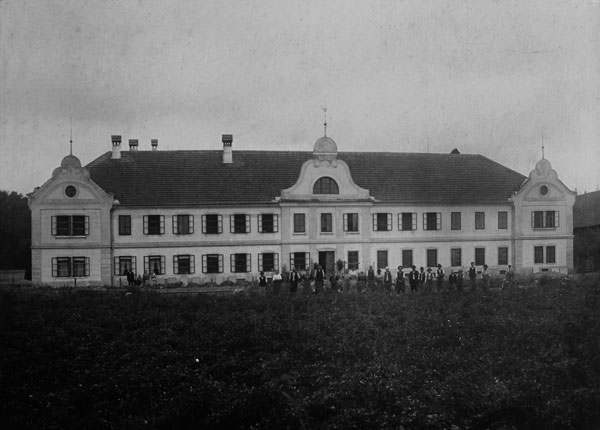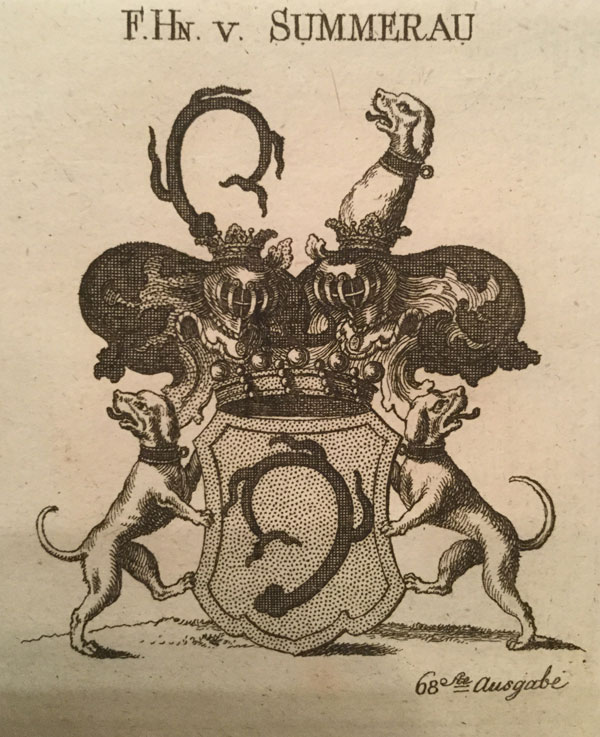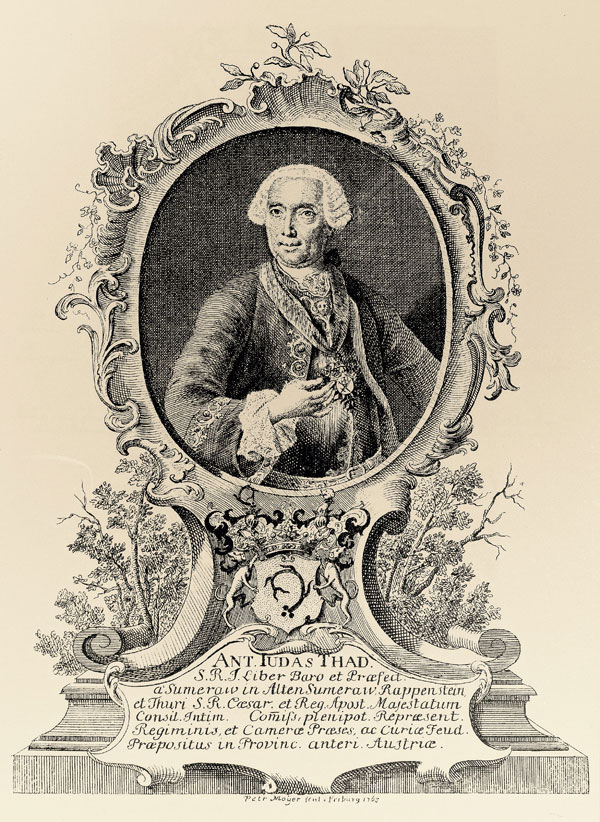History of the Schreiberhuber Farm & Forest Estate
The chronicles of the Schreiberhuber Farm & Forest Estate encompass the closely intertwined histories of three farms, family-owned for more than 700 years: Plassgut at Ansfelden, Auhof Residence at Kremsmünster and Summerauerhof at St. Florian.
1299
First record of Auhof Residence at Kremsmünster as Curia in Au, listed among the Kremsmünster Monastery possessions.
1413
The first documented farming ancestor of the Schreiberhuber family was Ulrich von Summerau, who was mentioned as “Ulricus de Summerau” in 1413 at the Sumerauerhof in the St. Florian monastery chronicle.
The best known of the barons of Summerau were the provincial judge of the province of Austria ob der Enns (iudex Austriae superioris), who resided at Ennsburg Castle in Enns from 1264 onwards.
Konrad von Summerau, who is considered the first governor of Upper Austria,
Anton Thaddäus von Summerau (from 1753 first President of the Government of Lower Austria) and his nephew
Joseph Thaddäus von Summerau, who was the last President of the Government of Lower Austria from 1791.
1527
First documentary mention of the Plassgut in Ansfelden in the Ebelsberg manure deposit.
1822
Emperor Franz I of Austria guides his ally Czar Alexander I from Russia in the course of a joint Austria trip to Ansfelden to show him the prosperous agricultural enterprises of his subjects, reports the German travel writer and municipal librarian of Bremen, Johann Georg Kohl, in his 1842 work “Reiseberichte über Österreich, das bayrische Hochland, Dänemark und Großbritannien”.
1874
After twelve years, the newly built Plassgut Estate is completed as it appears today, epitomising an architectural blend of classicist Baroque / Josephinism.
1911
Completion of Auhof Residence, now a listed building, at Kremsmünster in the style of late historicism / Art Nouveau.
The Ritzlhof Manor, located in Ansfelden, which belonged to Michael Schreiberhuber in 1817, served as the model for the building. In 1875, the Ritzlhof Manor was taken over by the Austro-Hungarian dual monarchy and transformed into a state agricultural facility and fruit orchard.
1938
Compulsory expropriation of 23 ha of arable land by Deutsches Reich, now the site of a stretch of the A1 motorway and motorway services.
1945
In the post-war years, with Austria occupied by the victorious powers, Plassgut Estate served as the headquarters of the US occupying forces for the region of greater Ansfelden.
1964
No more livestock farming; Plassgut Estate has since focused on agriculture and forestry.
1975
Switch-over to minimum tillage, in parallel with the completion of a scientific paper for the University of Natural Resources and Life Sciences.
Since then there has been close cooperation with the University of Natural Resources and Life Sciences in Vienna (comparative studies of ploughing and ploughless tillage techniques, economic analyses of energy input, man-hours and CO2 issues).
Summerauerhof House is taken over by the province of Upper Austria.
Establishment of a historical farm and open-air museum.
1988
Albert Schreiberhuber hands over the estate to his son, Dr. Alfred Schreiberhuber, DI.
2008
GPS technology first employed in agriculture.
Meanwhile, all tractors and agricultural machines have been fitted with this autonomous state-of-the-art technology.
2010
Consistent and comprehensive application of ploughless tillage and primary soil cultivation by grubber.
2011
Cooperation with Pöttinger Agricultural Technology: establishment of a demonstration and model farm.
Successful synthesis of the production and practical testing of agricultural machinery.
2015
Cooperation with the Canadian company Soucy Track: establishment of a reference farm.
First application of tractors with rubber tracks.
2016
Close cooperation with the R&D department of Case IH Steyr.
2017
The conversion of the entire facility after several test years to the AKRA system, in which phytophysiologically important nutrients are mobilized with nitrate-free soil additives and plant growth and plant health are promoted in a resource-saving manner through the enrichment of soil bacteria.











